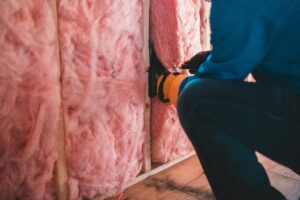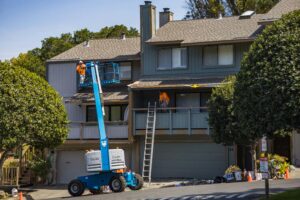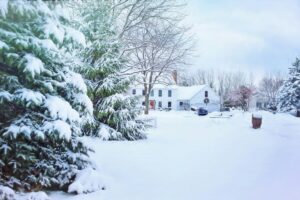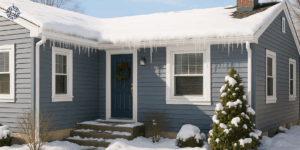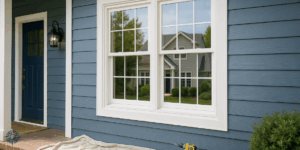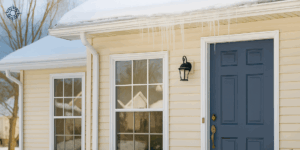In today’s energy-conscious world, understanding the efficiency of one’s home can offer more than just savings on utility bills. A home energy audit, also known as an energy efficiency test for homes, is a holistic assessment aimed at evaluating your home’s energy usage. It provides actionable insights into how homeowners can improve their homes to save both energy and money. For Minnesota homeowners, in particular, this audit holds even more significance.
Why Minnesota Needs Energy Conservation More Than Other U.S. Regions
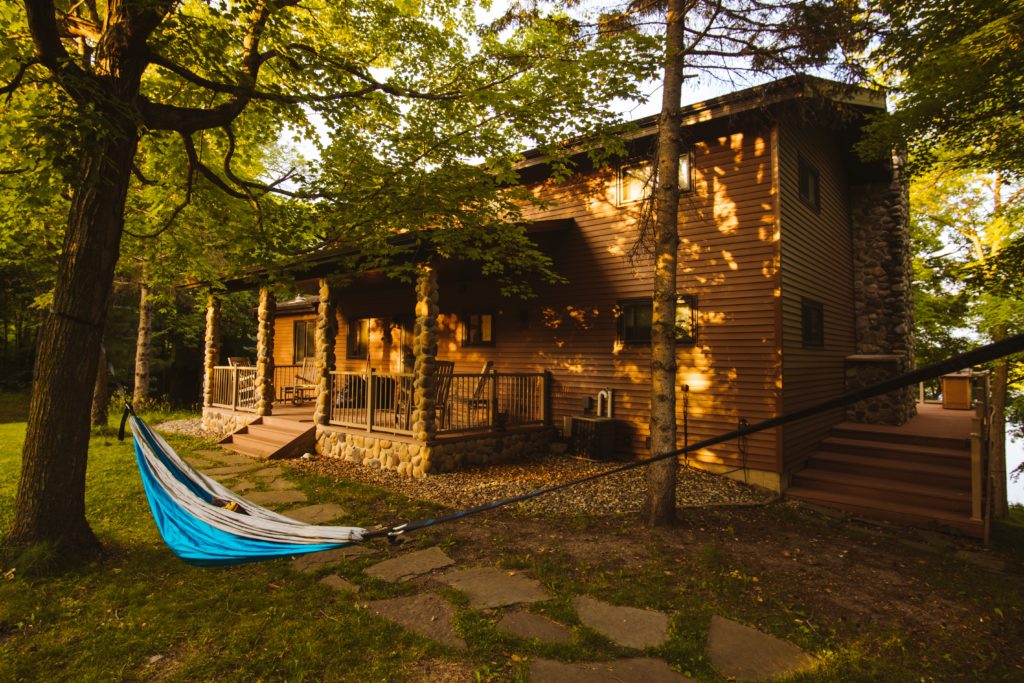
Minnesota, with its icy winters and relatively cool summers, has distinct energy needs compared to other parts of the USA. While homeowners in sunnier states might prioritize solar gain reduction, Minnesotans often grapple with keeping the cold out. With prolonged winters, heating bills can skyrocket if homes aren’t optimized for energy conservation.
Compared to the national average, Minnesota homeowners tend to spend considerably more on heating. Inefficient homes can witness a heating cost that’s up to 20-30% higher than their energy-efficient counterparts. This disparity accentuates the importance of an energy audit, especially in the Land of 10,000 Lakes.
The Potential Savings
Statistics have shown that homeowners who act upon the results of a home energy audit and invest in energy-saving improvements can save between 5 to 30% on their energy bills. That translates to potential savings of hundreds, if not thousands, of dollars annually. When you think about the long-term implications, say over a decade or two, this could equate to substantial savings, not to mention the reduced carbon footprint.
DIY Home Energy Audit: Key Inspection Points
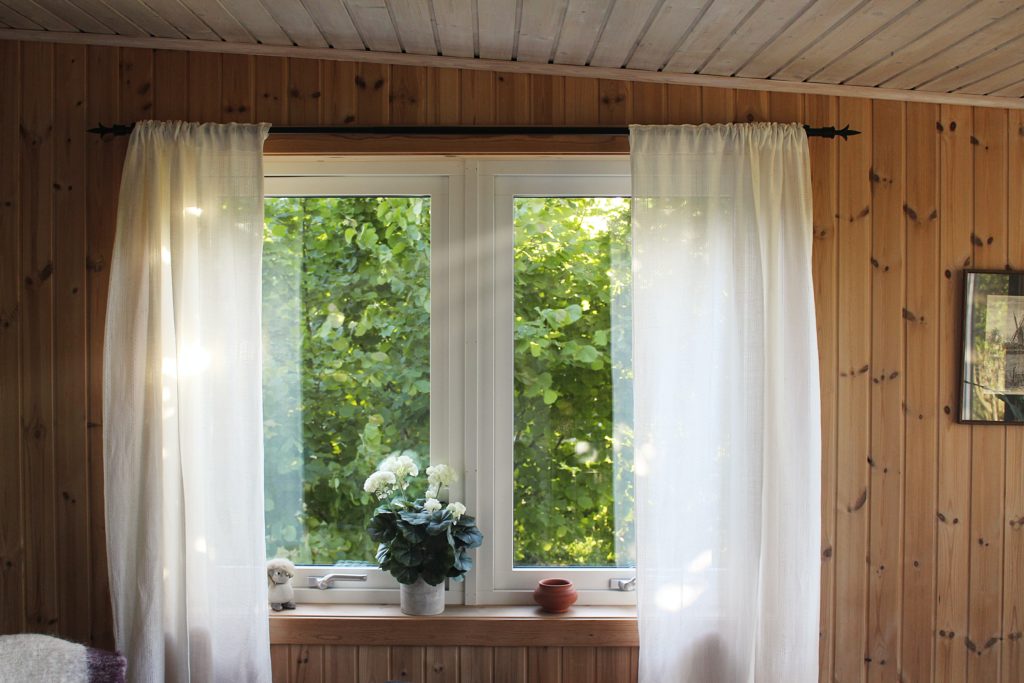
Wondering how to tell if your home is energy efficient? While professional audits can be comprehensive, homeowners can initiate a DIY home energy audit to identify potential problem areas. Here’s a step-by-step guide to get you started:
- Roof Condition:
- Your roof is the first line of defense against the elements. Start by performing a visual inspection. Using a ladder (ensuring it’s securely placed), examine your roof from the edges.
- Look for damaged or missing shingles, as they can allow water and cold air to penetrate your home.
- Check for moss or algae; their presence can indicate trapped moisture.
- Water damage or icicles hanging from the edges in winter can indicate poor insulation or ventilation.
- If safe to do so, walk on the roof to feel for soft or spongy areas. These can be signs of underlying damage or water retention.
- Windows:
- On a windy day, place your hand around the window edges to feel for drafts. You can also use a lit incense stick or a thin piece of paper close to the window seams. If the smoke moves or the paper flutters, there’s a draft.
- Examine the caulking and weather stripping for deterioration.
- If you have older windows, consider a shrink film kit. It’s a clear material that can be applied to window interiors during winter months, acting as an additional insulating layer.
- Also, single-pane windows are generally less energy-efficient than double-pane ones.
- Exterior Siding Fit:
- Walk around your home’s perimeter, inspecting the siding from top to bottom.
- Press gently on siding panels to ensure they are firmly attached. Loose panels can let in moisture and cold air.
- Check for any cracks, warping, or holes. Even minor damages can lead to significant energy loss.
- Attic Insulation:
- Ensure your attic is safe to enter. Use a flashlight if there’s no lighting.
- The insulation should cover all exposed areas of the attic floor.
- Measure the depth of the insulation. In Minnesota, it’s recommended to have at least 14-16 inches of insulation for optimal energy conservation. Areas without proper insulation can be a significant source of energy loss.
- Check for signs of rodents or pests, as they can compromise the effectiveness of the insulation.
- Water Heater:
- Check the manufacturing date. If it’s more than 10-12 years old, consider its efficiency.
- Feel the exterior. If it’s warm, it might benefit from an insulating blanket, which can be purchased at most hardware stores.
- Check for any leaks or rust, which can indicate it’s time for a replacement.
- Furnace:
- Ensure it’s well-maintained with no visible signs of rust or damage.
- Ensure the area around the furnace is clear of flammable materials.
- Turn on the furnace and listen for any unusual noises. Rattling or humming might indicate issues.
- Check filters. A good rule of thumb is to replace or clean them every 3 months or as recommended by the manufacturer. Changing filters regularly enhances its efficiency.
- Duct Work:
- Start by inspecting accessible ducts, like in basements or attics.
- Feel the ducts when the HVAC system is running. Cold spots can indicate air leaks.
- Seal any small visible holes or gaps with mastic sealant or metal tape. Avoid regular duct tape as it can deteriorate over time.
Conducting a DIY home energy audit can be enlightening, but it’s important to recognize that without specialized tools or experience, some issues may go unnoticed. If your energy bills remain high despite your efforts, or you find significant problems during your audit, it’s wise to call in a professional to ensure a thorough inspection. They will not only identify the issues but can also recommend the most cost-effective solutions.
Why Trust a Professional?
Professional home energy auditors are equipped with specialized tools, such as infrared cameras and blower doors, to identify hidden leaks and inefficiencies. They can provide a thorough assessment, detailed recommendations, and potential savings figures.
If you feel uncertain about your DIY audit or suspect deeper energy efficiency issues, it’s advisable to consult a local home energy auditor. Their expertise can ensure that no stone remains unturned.
Compass Exteriors: Your Energy Efficiency Partner
For homeowners aiming to rectify the identified issues, particularly related to insulation, roofing, windows, and siding, Compass Exteriors stands as a beacon of trust. With a reputation for quality and a commitment to energy efficiency, we help homeowners transform their homes into sustainable and energy-efficient havens.
In conclusion, an energy-efficient home isn’t just about saving money; it’s about embracing a sustainable lifestyle, especially vital in regions like Minnesota. So, whether you embark on a DIY home energy audit or enlist the expertise of professionals, the journey towards an energy-efficient home is a worthy pursuit. And when it comes to implementing those energy-efficient improvements, Compass Exteriors is here to guide the way.


